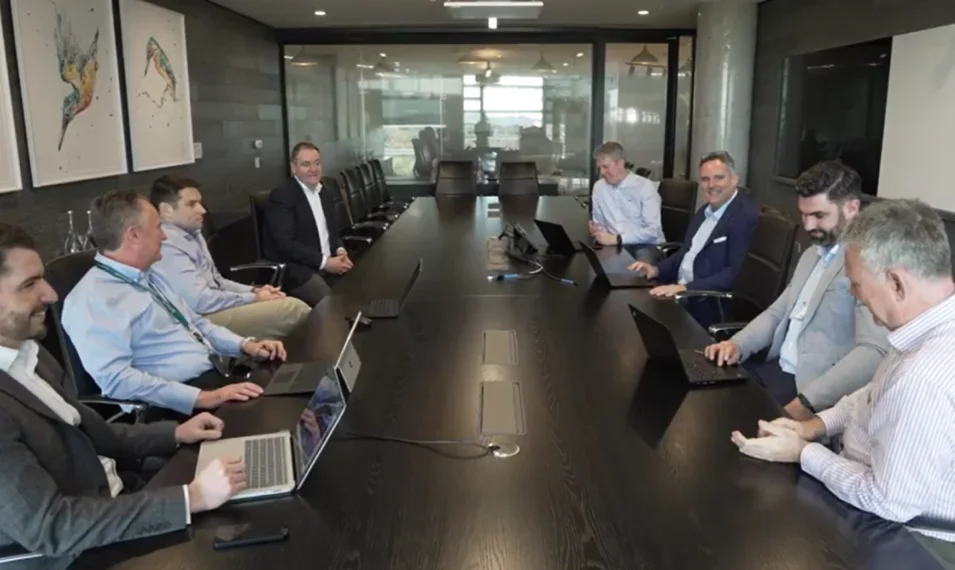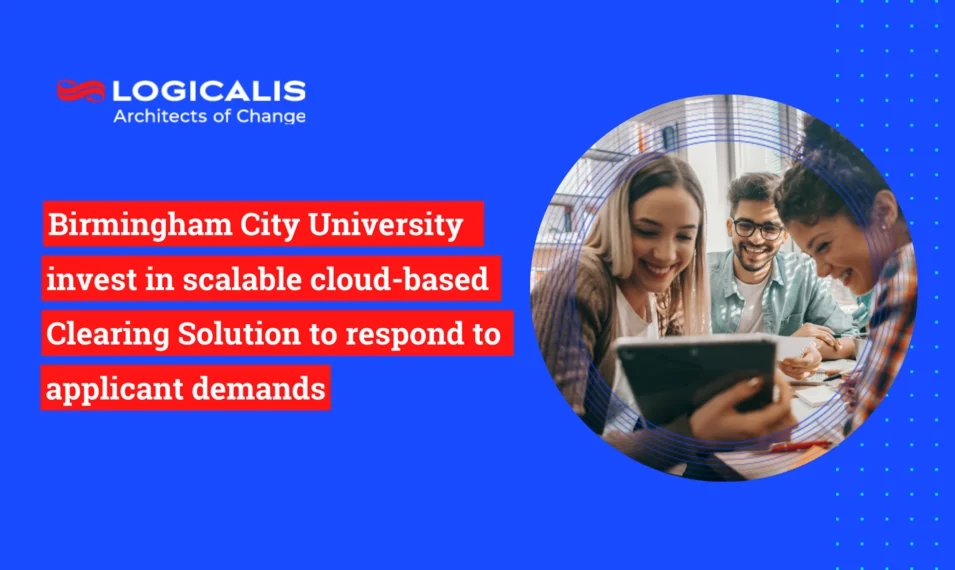, Jul 3, 2015
Attribution modelling: What’s the value of a piece of marketing content?
Click here to download the PDF version of this expert interview.
Shift to digital was a game changer
James: When I joined 3M 6 years ago, there were very few, if any, pure digital roles - they just simply didn’t exist. Now, certain divisions spend as much as 70 – 80 per cent of their overall marketing budget on digital programmes. In some areas of the business, exhibitions are becoming less common, print is decreasing, and any spend through our internal design studio is often now on digital assets.
Shifting to digital means that there’s no longer a grey area around who it is we’re talking to and what the level of engagement is with our key customers, prospects and targets. I believe this has made digital marketers and marketers as a whole more accountable for what they’re spending money on, therefore analytics is becoming more and more important.
Fanni: Do you think digital grew because of measurability, or were there other reasons?
James: Initially, I saw a large increase in digital investment, mainly because I could clearly demonstrate a return which hadn’t really been done before. As soon as you can do that and propose to scale that ROI, you can see the commitment to give funding, but it also means we are able to achieve a wider reach and better productivity. From my point of view, it’s all about productivity per head or per dollar spent, and what you can get from a resource, whilst ensuring that is clearly measureable.
I believe we get a lot more productivity and added value from targeted email marketing and paid search, as opposed to just concentrating budgets solely on traditional press or events; that said, those can still be important touch points to our customers.
Engaging customers digitally
Fanni: What challenges did digital bring with regards to engaging customers?
James: I believe it is completely changing how our customers buy.
Just think about your own personal behaviours when you buy something. You do a lot more upfront research online, just because you can. Your brand needs to be present right from the initial research phase, because if it isn’t, you are simply not going to get any leads further down the line.
PR used to do this, but we needed to replicate the same impact online, in a much faster and more readily available way. Content marketing has become increasingly important (but unfortunately, for some, still remains a buzzword and nothing more).
Fanni: Was this a difficult concept to get buy in for from other stakeholders?
James: 3M historically tended to focus its strategy on product marketing, so a piece of content that didn’t talk about the product wasn’t necessarily considered ‘content’ by some people.
The way I pitched it was: we need to make more contact with our customers, but if we don’t have anything meaningful and engaging to say, what are we going to email them about? We simply cannot have a contact strategy without any content. I think people have traditionally seen content as product information, as in features and benefits - and that is what some still think it is.
There’s a language and translation issue that will continue for a while, and part of my role is to help bring people along on the journey, and to help them to recognise the importance content brings. Don’t get me wrong, we are a manufacturer and supplier of 55,000 products, so product information is still critical, but I am talking about content people want to engage with before they want to read about a product solution. That is why products themselves may not be enough to win in crowded market places.
At 3M, a significant USP is not only the quality of our products, but also the people behind them - their skills, knowledge and expertise. It is their years of combined experience, research and development, after sales advice and support that generates trust in the brand. We have to make sure our people are seen to be the experts and thought leaders that they are in our industries. This is how content marketing started for us. Proving the real value.
Fanni: So, if content really contributes to the customer decision making process and increases brand awareness, why it is still so difficult to prove the real value?
James: Because, unlike a lead that is directly generated by a PPC (pay per click) campaign, it is extremely difficult to prove the direct link between somebody reading a piece of information, and then making a purchase nine months or two years later. By that point, the budget holder might have already pulled the content marketing budget because they believe it wasn’t successful.
The impact of content consumption can take place very early in the sales funnel, and as such, the connection may not be made with the final sale. Some people want to see one single click conversion which, in modern buying behavioural terms, isn’t how things actually work. Purchasing decisions are complex, and customer journeys can be long.
Fanni: How did you start changing the measurement metrics around this?
James: It depends who I’m talking to! Some people can, for good reason, be heavily focused on bottom of the funnel lead generation - hard, black and white, outputs led. However, by focusing solely on the bottom of the funnel, you measure only 5-10 per cent of the customer journey, and the remaining 90-95 per cent is unaccounted for.
The best scenario is that we are providing enough good quality content to customers for them to then move to the next stage of the buying cycle, which is often speaking to one of our distributors, partners or installers. As long as I can see that the right customers are looking at the right material, and I can then marry that up to data further down the line, then we can create that link.
Measurement metrics
Fanni: Based on the more complex customer journeys, how did your measurement metrics change?
James: Because of complex buying behaviours, I am having to create new engagement metrics. Being able to connect impression data with social media and email data, for example, is becoming more and more critical.
It’s not easy to collect all the pieces of data that we need, but we just have to start somewhere. Being able to measure brand awareness at the top of the funnel is really important. Brand awareness is not just about sending out surveys, it’s about understanding what content people are engaging with and through effective content distribution, achieving as big a reach as possible.
Attribution – Scoring or £ Value
Fanni: Based on your new content and contact strategy, have you created any value attribution modelling?
James: Attribution modelling is probably the most complicated thing I have ever tried in marketing. The biggest challenge is applying the right value to various engagement events.
We want to attribute value to anything that shows positive engagement. We haven’t got to the level of accuracy we are looking for yet, but we appreciate that each touchpoint is an important one, and therefore we should attach value to it.
At the end of the day, we want to be providing the most engaging content to our existing customers and to our potential new customers, giving them what they want to be reading about, trying to address their potential problems, concerns or interests. We cannot overlook the importance of that.
There are various different attribution models where you score everything evenly, but for me it’s about creating bespoke models, showing what you want people to do, and then we can use that to direct what we do in order to create higher scoring content.
At the moment we are trying to map out content pieces and record positive engagement events, and then allocate a score instead of a pound value.
Fanni: Do you use a score rather than a pound value against every stage in the process?
James: My initial thought was to attribute a single, standard scoring system to those events, but the needs of the various parts of 3M vary and different scores may be required.
The first stage of attribution is acknowledging that events should be scored, and how high or low that score is may vary depending on a number of factors.
As an example, if somebody views a video for 2.5 minutes, we could consider that a very positive engagement, given that in B2B someone will only be watching the video if they have a serious interest in the topic or product on show.
Fanni: Do you think every business and team will have its own bespoke attribution model going forward?
James: We are starting to pilot attribution models, but no doubt things will change massively over time. We will see how those results look and what feedback we get from senior management. At the end of the day we need to drive spend to the right areas.
My gut feel is that certain campaigns or pieces of content are working really well, but we still need a way of measuring this accurately to protect and grow investment in digital channels. Fanni: How will the new engagement metrics change your life?
James: They will massively help me on two fronts: Firstly, to justify investment and prove the real value, and secondly to make better decisions. We all have gut feelings about situations, but I don’t want endless meetings to discuss feelings and hunches, I’d rather have real numbers to support my decisions. If I have a client division coming to me with a campaign idea, I want to be able to advise them through attribution modelling, in order to increase ROI.
These metrics will enable me to be much more agile and move resources around. With limited resources, if we are showing real positive results in one area, I will be able to prioritise those channels going forwards.
I want to create rapid adoption in this area and we need analytics to do that. Otherwise we will be in meeting after meeting trying to convince people, without real information to back up our arguments.
I want the data to be strong enough to convince people without me even being in the room, to be honest - so that I can concentrate on doing my job, and not having to justify it.














